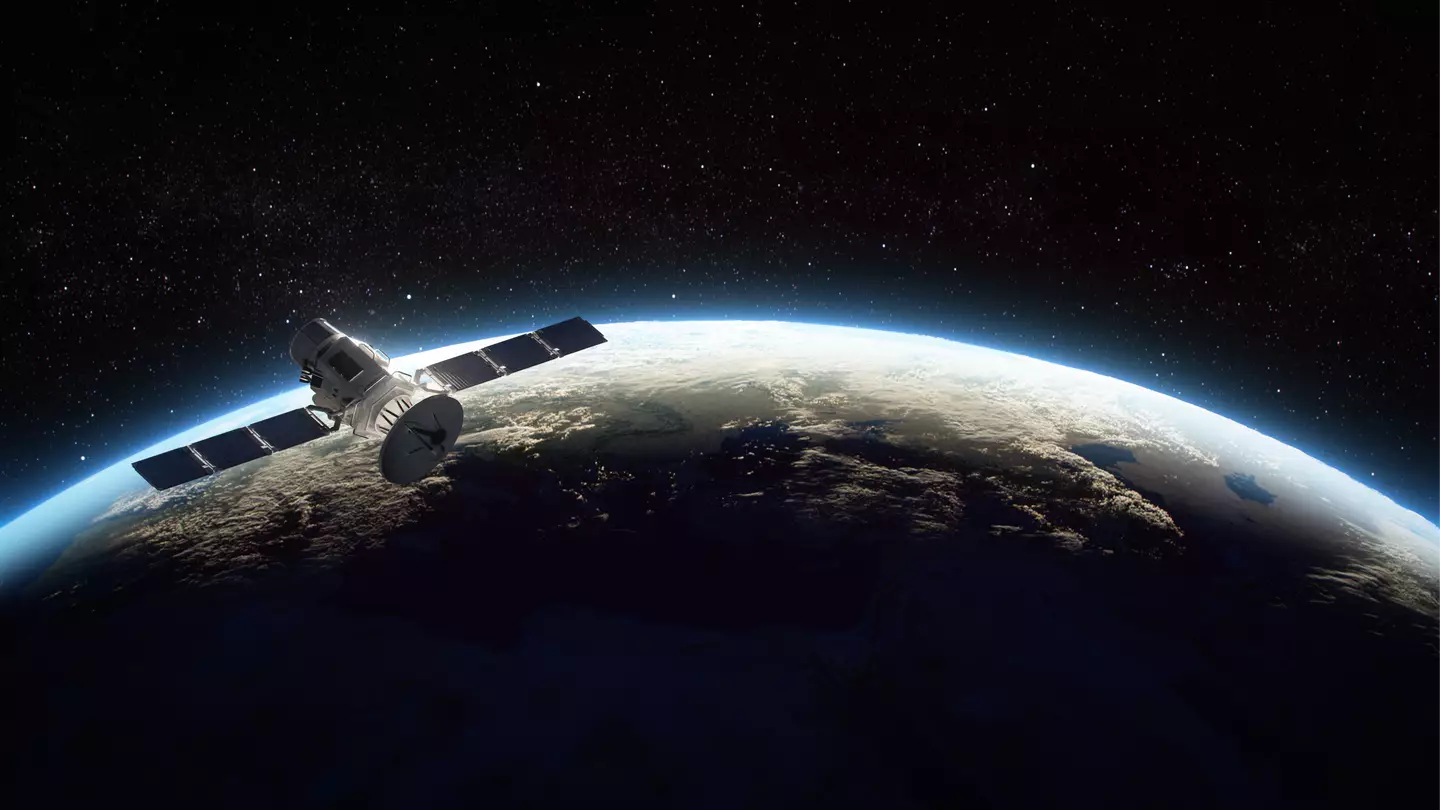
Scientists have detected ‘bird calls’ in surprising part of space and it’s raised questions
The unexpected noise left scientists (understandably) very confused
 Niamh Shackleton
Niamh Shackleton
Niamh Shackleton is an experienced journalist for UNILAD, specialising in topics including mental health and showbiz, as well as anything Henry Cavill and cat related. She has previously worked for OK! Magazine, Caters and Kennedy.
@niamhshackleton